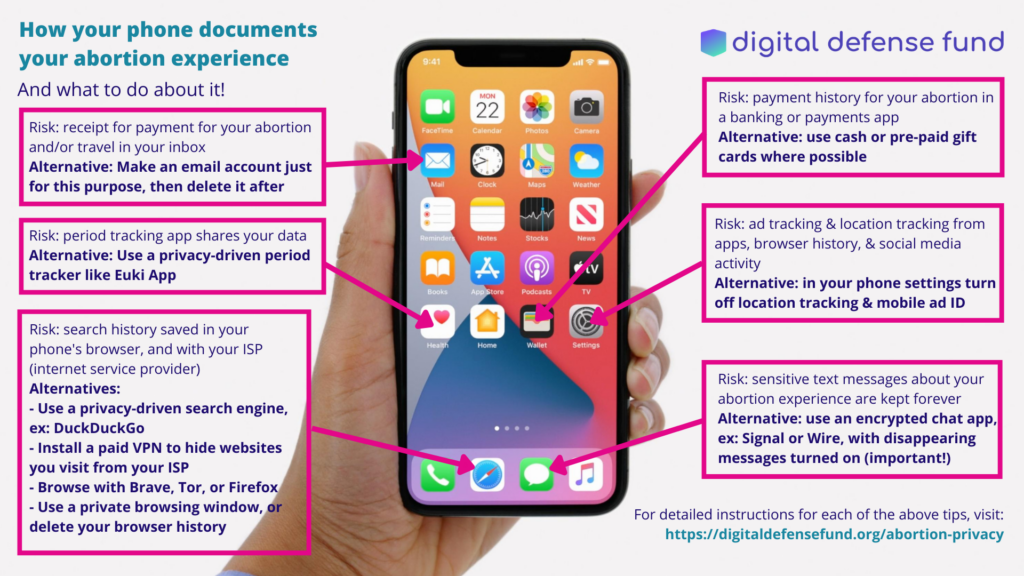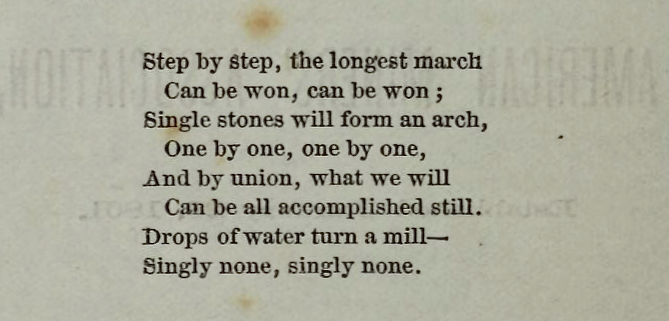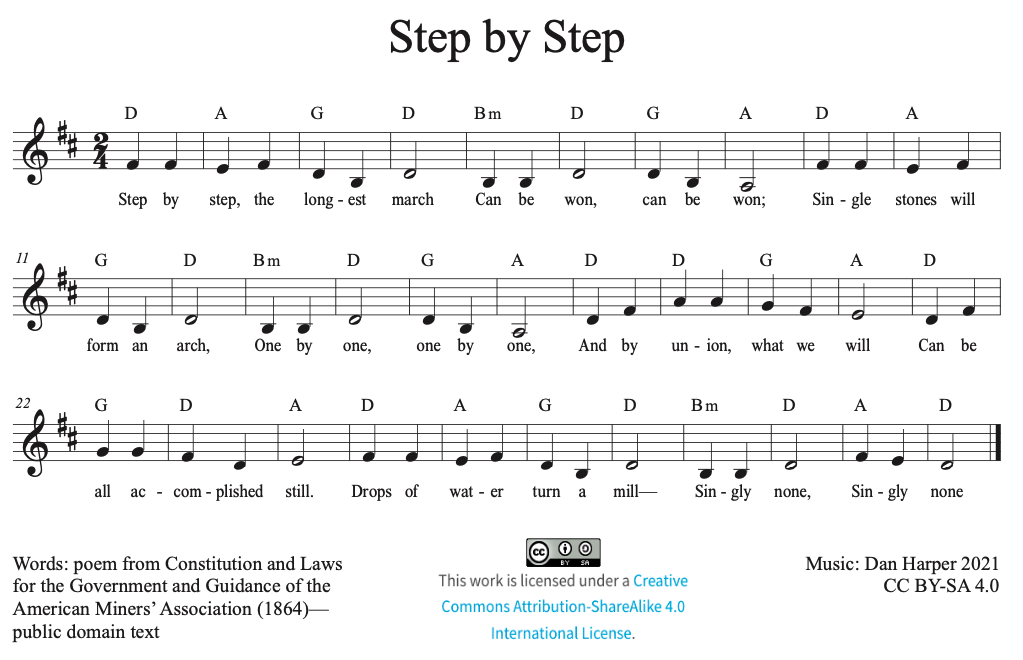Carolyn Chen, a UC Berkeley sociologist who studies religion, spent the last few years studying religion in Silicon Valley. She’s especially interested in the way work has become a religion for the tech workers of Silicon Valley — and in the way tech companies use religion to keep their workers in line.
Not surprisingly, given the stark realities of Silicon Valley, Chen finds that White supremacy is alive and well in this toxic mix of work, religion, and corporate control. In her book Work Pray Code, Chen writes about how tech companies co-opt Buddhism in service of making workers compliant and more productive:
“Most White Westerners don’t realize that the Buddhism they know is a particular brand of Buddhism that has been repeatedly altered and adapted to appeal to them…. This brand of ‘nonreligious’ Buddhism, however, has racial implications. It associated Asian Buddhism’s ‘rituals, robes, and chanting’ with ‘the complications of religious tradition.’ It dismisses the religious reality of most Buddhists who are Asian and is therefore a form of White supremacy….”
For this last insight, Chen cites Race and Religion in American Buddhism: White Supremacy and Immigrant Adaptation by Joseph Cheah (Oxford Univ. Press, 2011); looks like I’ll have to add that book to my reading list. Chen then goes on to detail the ways in which Whitened Buddhism ignore the religious realities of Asians:
“For the vast majority of Buddhists who reside in Asia, Buddhism is a devotional faith that involves the veneration of deities and beliefs in the supernatural. For example, in Chinese, the phrase that describes practicing Buddhism, ‘bai Buddha,’ translates to ‘worship Buddha.’ Most lay Buddhists in Asia orient their devotional practices — offerings of incense and fruit, ritual chanting, praying, bowing, donating money to temples and monasteries — to the attainment of merit or a favorable rebirth….”
Of course, for Silicon Valley tech companies enamored of Buddhism, what Buddhism is really all about is things like meditation. And meditation is supposedly a value-neutral “technology,” not a religious practice. Whitened Buddhism focuses on things, like meditation, that can increase worker productivity and worker compliance. Whereas non-White Buddhism is deliberately ignored:
“Whitened Buddhism tends to protray the ‘religious’ Buddhism of Asians and Asian Americans as burdened by unnecessary accoutrements — ‘complications,’ ‘culture,’ ‘folklore,’ ethnicity,’ baggage’ — that distract from the essence of the Buddha’s teachings. For example, Mandy Stephens, whose company runs a meditation app for corporate clients, explains that they distill medication to ‘the fundamentals,’ ‘the part that isn’t religious or spiritual.’ Her company gets to ‘the fundamentals’ by getting rid of teachers who are ‘zany gurus’ [i.e., non-White] and replacing them with ‘strait-laced [White] trainers’ in [Western] business casual clothes. The chanting at the local Asian temple is ‘folklore,’ says former tech executive Pierre Beaumont, irrelevant to ‘what’s good for me in meditation.’ Mandy and Pierre dismiss the very elements of Buddhism that tens of millions of Asians hold most dear.” [my comments in brackets]
Because if you’re White, it’s apparently OK to co-opt whatever you want out of other religious traditions, and use it for whatever you feel like. And then you can say it’s not even really religion: “This Whitened Buddhism becomes a ‘universal philosophy’ and ‘science.’ It become ‘White’ — floating above context, invisible, and normal….” [Chen, excerpts from pp. 165-167]
I find the entire Silicone Vally Religion of Work to be repellent. But I find this especially repellent: co-opting a non-White religious tradition, perverting it from its original purpose to stop the endless cycle of rebirth, and instead using broken bits of it to control workers.
Indeed, as Chen notes elsewhere in her book, when tech companies offer things like meditation and mindfulness training to help tech workers deal with the overwhelming demands of Silicon Valley overwork, these companies are merely offering “therapeutic interventions, Band-Aids lovingly applied to deep and gaping wounds. Their programs might not be too distant from the ‘opiate of the masses’ that [Karl] Marx wrote about.” [Chen, p. 85]



